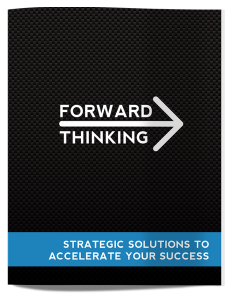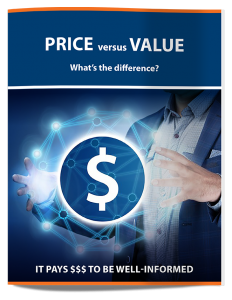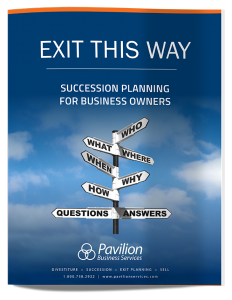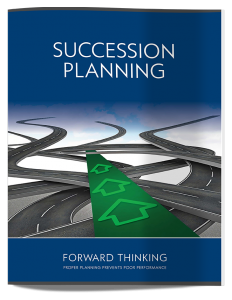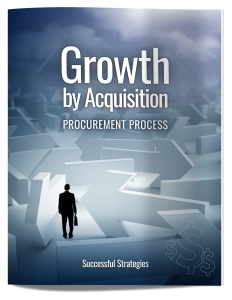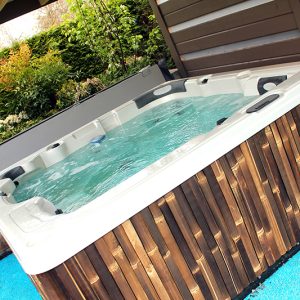Value Propositions That Work
Most people can’t explain what their company does — its value proposition.
The best way to start getting employees and management aligned is to understand the benefit the company is trying to deliver to its customers.
Consider that there are only four types of consumer benefits that matter and by extension only four categories of value propositions that work.
- Best quality.Richard Branson once said that being the best at something is a pretty good business model. Think of brands that set a standard, like Louisville baseball bats, Benjamin Moore paints, and Stradivarius violins.
You don’t have to be a sports nut to have heard of the 125-year history of the Louisville Slugger, nor do you have to be a classical music aficionado to have heard of the legendary Stradivarius violins.Brands that set standards are sometimes luxury brands, but not necessarily.
You don’t need luxury to set a best-in-class standard. Brands like Benjamin Moore define quality in their categories. That’s an enviable position and a value proposition that works.
- Best bang for the buck.Recessionary woes have amplified the fact that some consumers will always buy on price. Best-in-class value doesn’t always mean lowest price, however, but rather the best quality-to-price ratio.
Jet Blue is a good example of a company that, though it may not offer the cheapest or best in comfort travel, does a good job of communicating its value relative to its price point. Dell, Chipotle, Ikea, and Toyota are other good examples of best-in-class value, and their value propositions have been sustainable through the years. Incidentally, the founder of Ikea, Ingvar Kamprad, has regularly traded places with Bill Gates on various world’s richest lists.
- Luxury and aspiration.On the other end of the spectrum from bang-for-buck players are luxury providers that promise the experience of a wealthy lifestyle to aspirational consumers.
Ralph Lauren is one of the masters of a lifestyle luxury brand; others are Rolex, BMW, and Hermes.
While the luxury segment was hurt during the downturn, it is almost certain that as the economy rebounds that customers will return to luxury goods as their discretionary spending increases.
- Must-have.One of the most attractive value propositions we have seen and studied are the “must-haves.” These include basic goods — certain foods, for instance.
We often talked about “must-have” content that business professionals could not do their jobs without.
- Legal necessities.The critical legal information and tools WestLaw provides to lawyers are an example. As long as there are legal cases, there will be a need for legal information.
It does not mean there will not be competition, but if the category you are pursuing is a must-have, then the market leaders will have a great prize to share.
Does your company’s value proposition fit in one or more of the categories above?
If not, it is time to adjust. Figure out how to reposition your offering. Stop being stuck in the middle and aim to set a new standard.
Source: Harvard Business Review
Resource Library
Facilities Management - Volume 2
A 140 page document on COVID 19 and Air Quality for Building Owners, Building Occupiers, Developers, Contractors and Facility managers. This book is Volume 2 Limited Edition – and every building owner & operator should have one, to protect employees, staff, visitors and management. Available for release now .
Forward Thinking
This document provides some of the key factors to consider when developing a business strategy and enhancing growth. The choices you make regarding who you work with during each stage of the business journey can make a significant difference. This document provides specific information and ideas that can increase your enterprise value by millions of dollars.
Exit This Way – Mid-cap
Our free guide will provide you with access to information that is crucial in making the correct decisions with regards to selling your business. This guide contains essential information about how to sell your business for maximum value. This Exit This Way Guide is a critical a resource if you are thinking about selling your business.
Succession Planning
This guide explains the process of planning ahead with tips for identifying and developing new leaders who can replace old leaders when they leave, retire or die. This guide details the key issues and challenges that can increase the final sale price and terms by several million dollars.
Featured Opportunities



